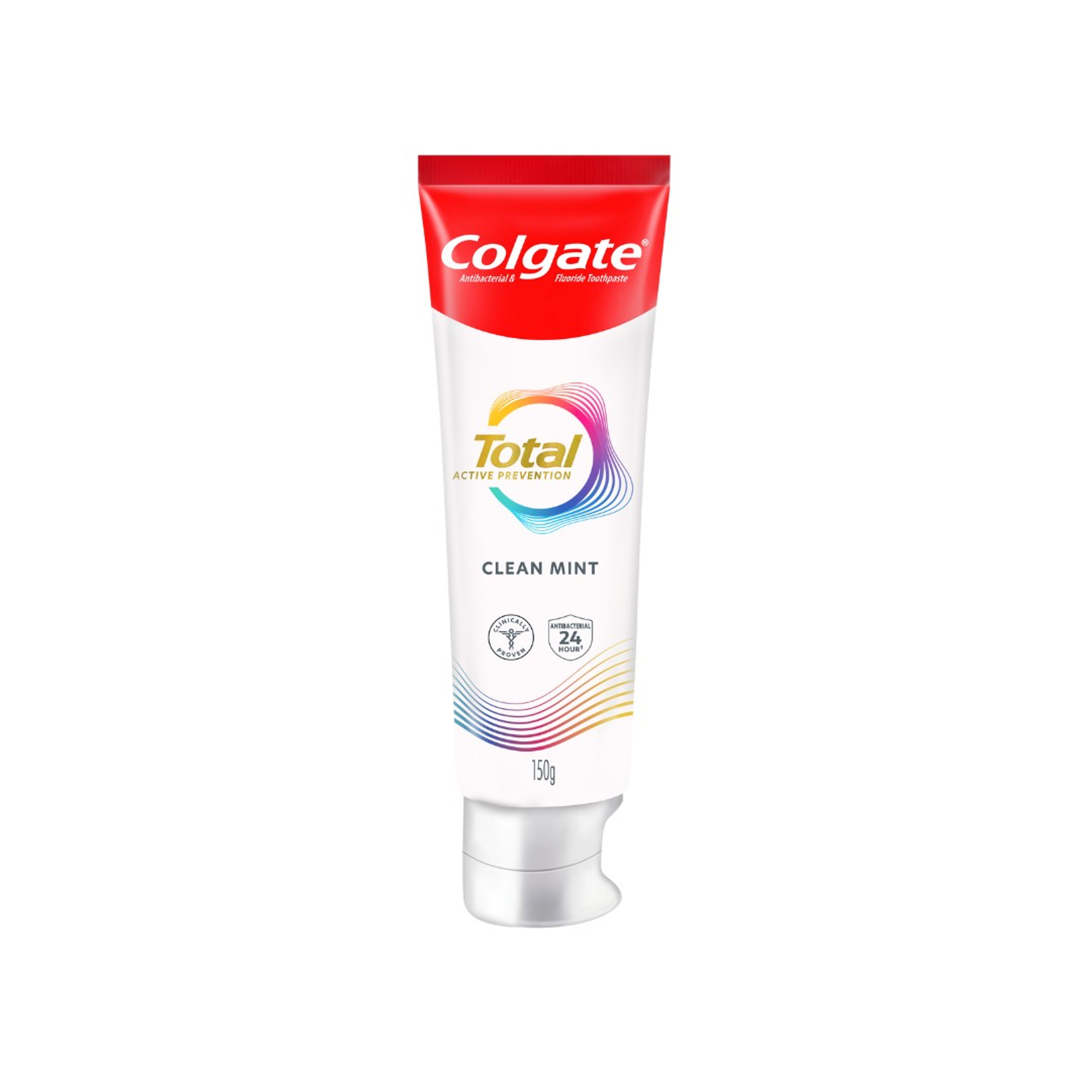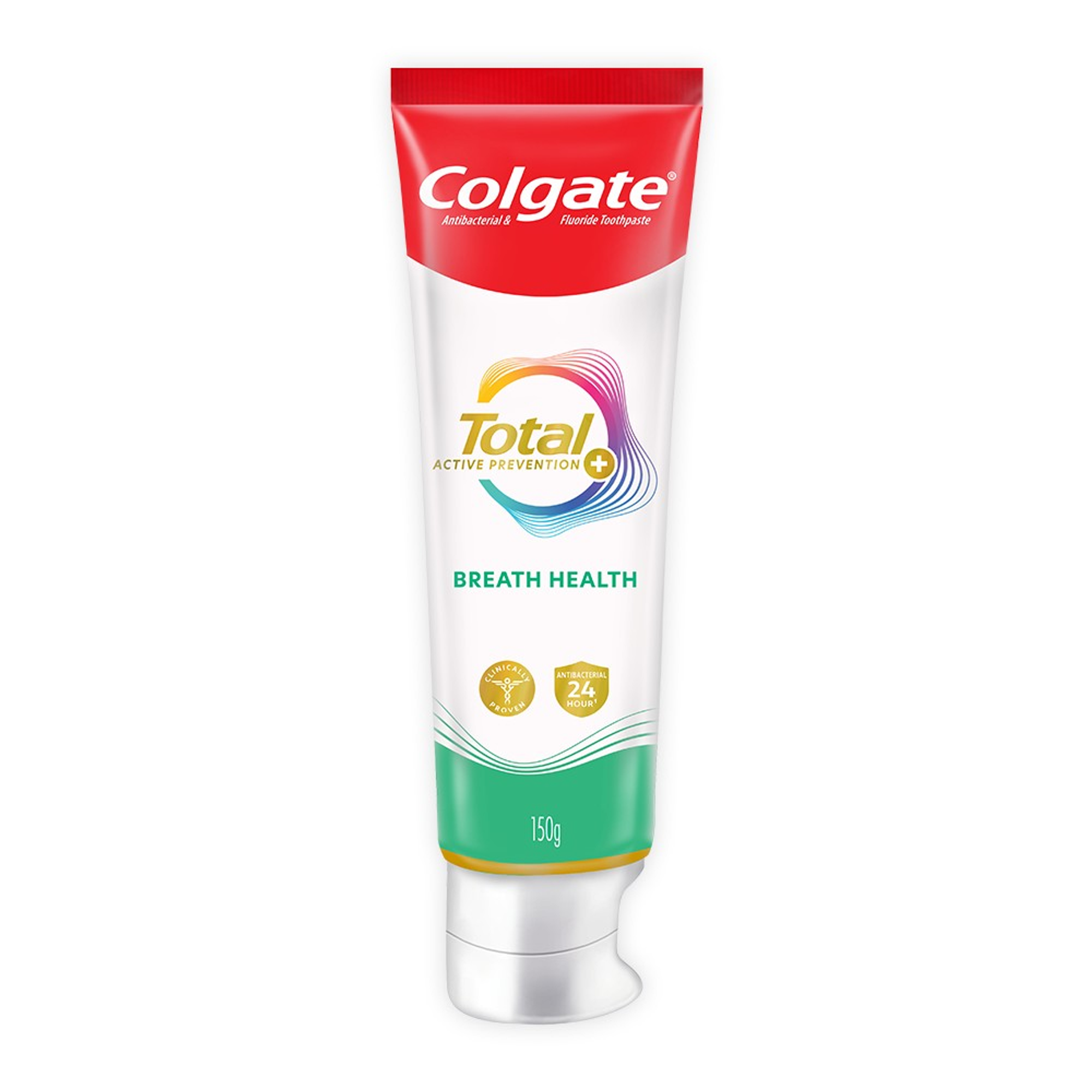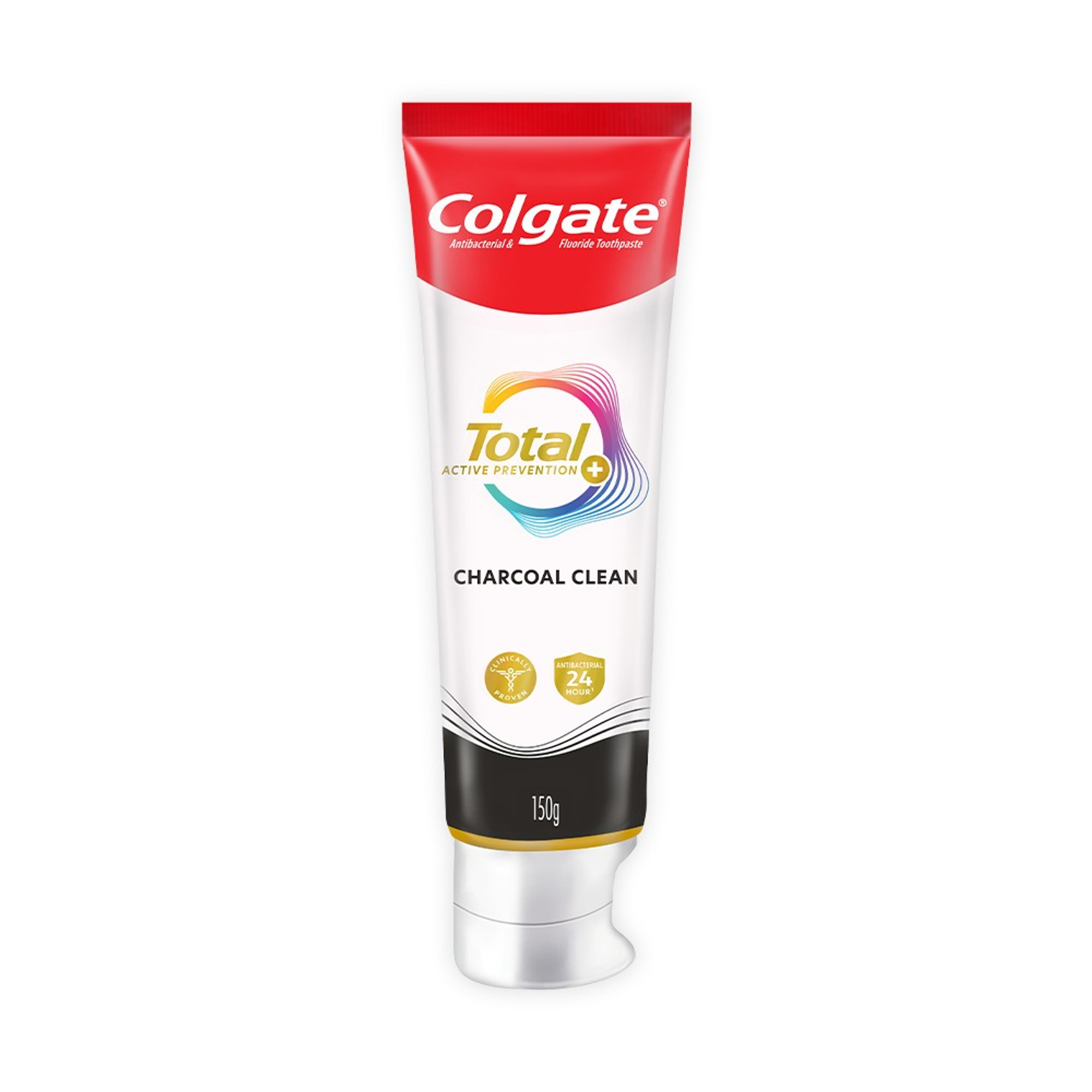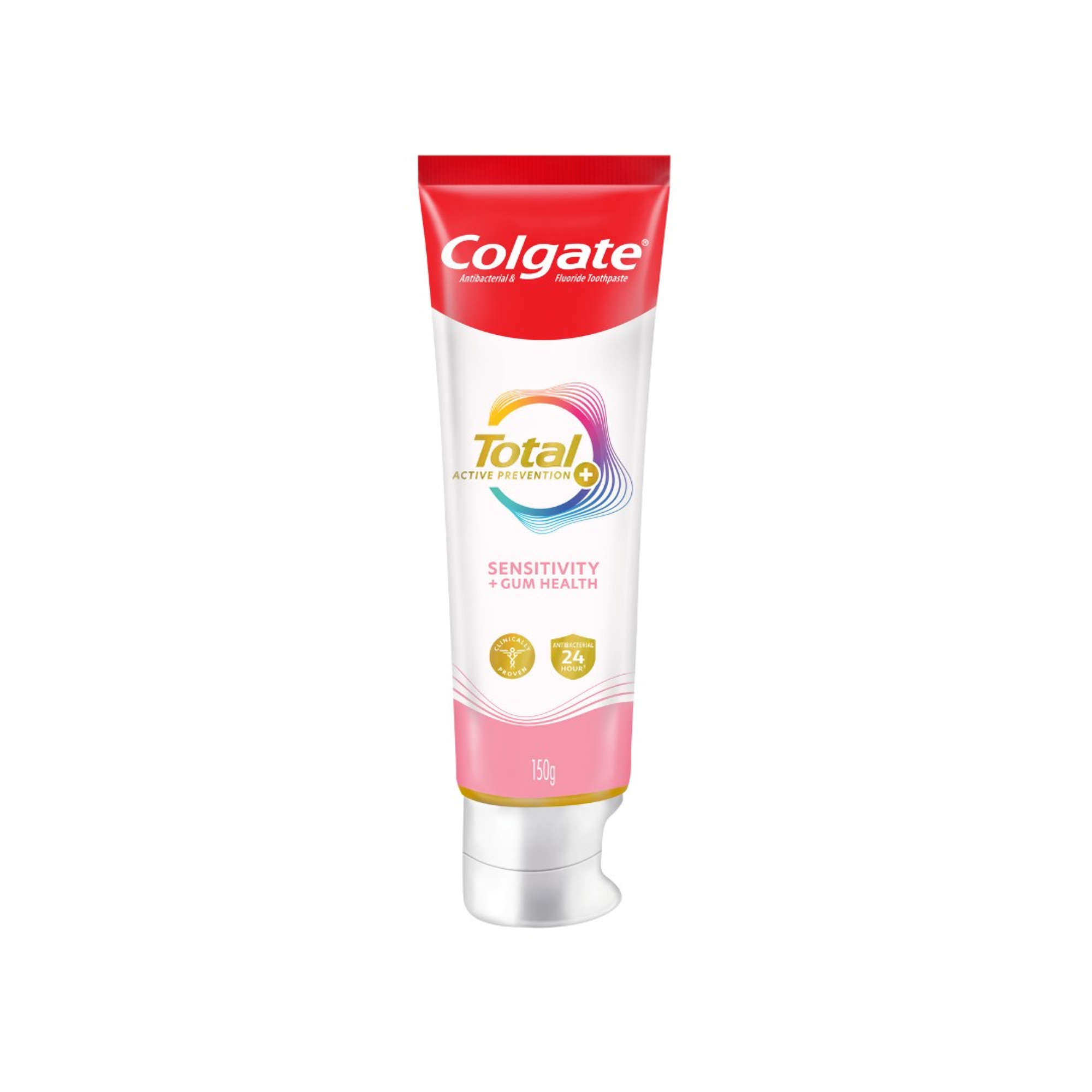

Purple Toothpaste
THE BEAUTY HACK THAT LET YOU SHINE IN AN INSTANT!
Types of Teeth Stains
Teeth can become stained from a variety of causes over time. These stains fall into several categories based on where they occur on the tooth and how they form. The categories of teeth stains are extrinsic, intrinsic, and age-related stains.
Extrinsic Teeth Stains
A stain on the outer part of the tooth is called an extrinsic tooth stain. This type of stain settles on the enamel, the tooth's protective outer layer shielding the softer part underneath, called dentin. Even though enamel is the toughest part of the tooth, it touches everything you eat or drink. Over time, it can soak up some of the colour, creating a stain. Fortunately, extrinsic stains can be removed more easily, because they do not penetrate below the outer enamel layer of the tooth.
Intrinsic Teeth Stains
Intrinsic stains occur when the inner layer under the tooth enamel, called dentin, gets stained. Dentin is naturally darker and yellower. It shows up when the enamel becomes thinner or wears down due to overuse or not taking good care of your teeth. These stains are a bit harder to remove, but do not fret – it can still be done! Most at-home methods without hydrogen peroxide or carbamide peroxide may not work for intrinsic stains, but a professional whitening treatment could help.
Age-related Teeth Stains
As you get older, the teeth, like other parts of the body, start showing signs of ageing. Two main changes happen to the teeth with age: the dentin becomes darker, and the enamel becomes thinner. This combination leads to unwanted tooth discoloration that you can't control.
Like intrinsic stains, age-related staining impacts the dentin of the teeth. So, the best way to deal with these teeth stains is to use a product with a powerful whitening ingredient, such as hydrogen peroxide or carbamide peroxide, or seek professional in-office whitening.
Causes of Stained Teeth
Stained teeth often result from certain lifestyle habits, consumption behaviours, oral hygiene factors, health issues, and ageing processes. By understanding the common causes of stained teeth, it becomes possible to modify habits and behaviours to prevent discoloration. Major sources of teeth staining include
Dietary and Consumable Causes:
Drinking dark-coloured beverages like coffee, tea and red wine
Using tobacco products, such as smoking cigarettes or chewing tobacco, leads to exterior stains on the tooth enamel over time.
Oral Hygiene and Plaque Factors:
Inadequate brushing and flossing resulting in plaque buildup and staining
Bacterial accumulation in plaque near the gumlines
- Ageing and Medication Sources:
Natural ageing processes that internally yellow and darken teeth
Medications associated with tooth discoloration
Meeting with a dental professional helps determine causes and the right solutions for preventing and treating stained teeth issues.
How to Remove Stains From Teeth?
A bright, white smile can do wonders for self-confidence and appearance. The best solution for discoloured teeth depends on the exact cause and severity of discoloration. With some time and effort, it is possible to find a teeth whitening technique that fits within one’s budget and lifestyle to reveal a whiter, brighter smile.
Removing Teeth Stains at Home:
Whitening Toothpaste - They offer a convenient, at-home solution for removing extrinsic stains from your teeth. Many types contain mild abrasives that buff away surface stains and buildup, while others incorporate whitening ingredients like hydrogen peroxide to tackle deep-set stains. Since it seamlessly integrates into your existing twice-daily routine, whitening toothpaste stands as the simplest remedy for at-home teeth whitening.
Whitening Pens - An ideal on-the-go whitening solution for busy bees. They are quick, convenient, and mess-free. Just brush your teeth, apply a thin layer of whitening gel from the pen, and wait the recommended time before eating or drinking (it's usually stated on the packaging). That's it! And the best part? It starts working instantly.
Teeth Whitening Gel - This gel packs a punch with peroxide-based bleaching agents, offering more potent than whitening toothpaste but requiring a tray for targeted application. They are available over-the-counter or from your dental professional and come in higher peroxide concentrations, hence the need for a tray to shield the inner surfaces of the mouth.
Trays themselves can be bought at drugstores or custom-fitted. While custom trays provide better effectiveness and gum protection, they typically carry a steeper price tag compared to their drugstore counterparts. Consult with a dental professional to determine the best option for you.
Teeth Whitening Strips- They are a convenient, tray-free way to whiten teeth at home. Pre-coated with gel, these strips deliver the whitening power without the mess. Be aware, though, that the high peroxide content can cause sensitivity. Choose Whitening strips carefully, checking ingredients before you buy. Grab a pack, follow the instructions, and voilà, you are on your whitening journey!
In-Office Bleaching
If at-home whitening methods do not effectively remove stubborn teeth stains, in-office bleaching offers a highly potent whitening solution. This professional whitening performed by a dental professional in the office can tackle even deep-set discoloration in the teeth. A hydrogen peroxide-based whitening gel is used at higher concentrations than at-home gels.
While highly effective at cleansing discoloration, in-office bleaching comes at a higher cost. For those concerned about expensive dental treatments, checking for discounted services at dental schools or clinics providing low-cost care can make professional whitening more affordable. With professional guidance, in-office bleaching provides the strongest way to reclaim a bright, healthy-looking smile when stains fail to fade using at-home techniques.
No need to hide your smile any longer! Both convenient at-home products and professional cleaning at dental offices make it possible to regain a bright, confident grin. Consider consulting your dental professional to determine which solution may be best to reveal your naturally white smile. With advanced whitening methods now accessible, you can comfortably display your happiest, most radiant smile.













